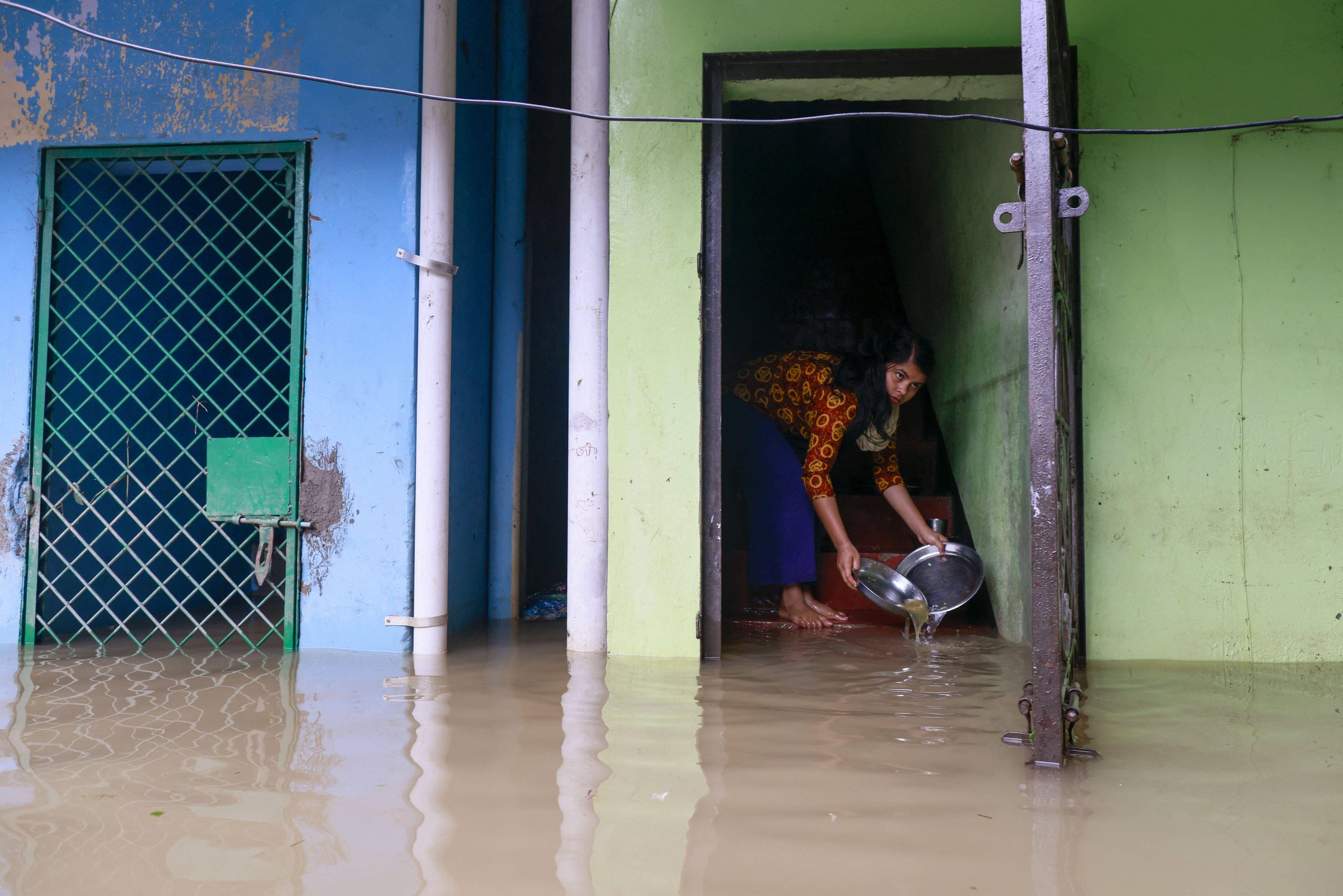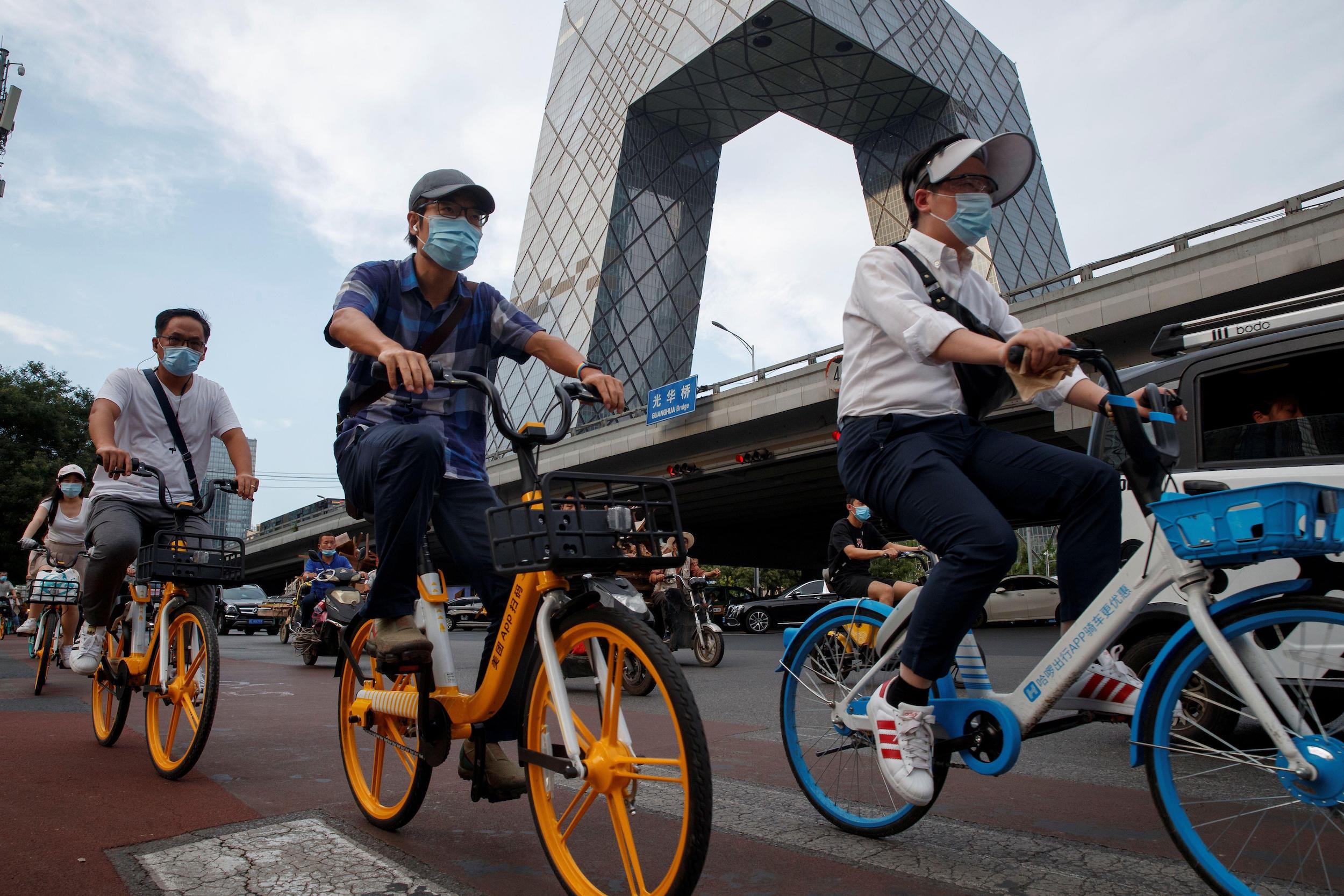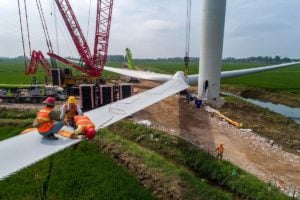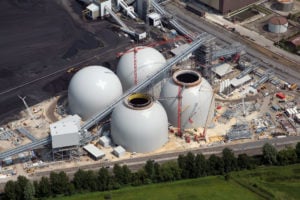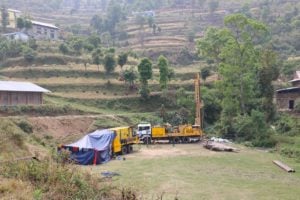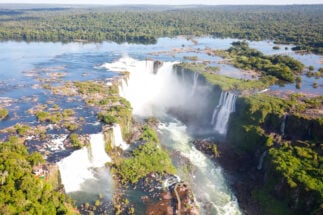Countries with the largest emissions should bring their net zero targets forward to 2040 in an “all hands on deck” effort to keep alive the chances of restraining global temperature rise within 1.5C, the UN has urged.
UN Secretary General Antonio Guterres said: “Leaders of developed countries must commit to reaching net zero as close as possible to 2040.” Some have already done this, he pointed out, setting targets as early as 2035. Emerging economies must aim to achieve net zero emissions by 2050, he said.
Guterres was speaking at a press conference to mark the publication of the fourth and final instalment of the Sixth Assessment Report (AR6) by the Intergovernmental Panel on Climate Change (IPCC), the world’s leading climate science body.
Guterres stressed that the higher ambition could be reached by phasing out coal by 2030 in countries that belong to the OECD – an organisation of 38 high-income economies – and 2040 in all other countries; ensuring net zero electricity generation by 2035 in all developed countries and 2040 in the rest of the world; ceasing all licensing, funding or expansion of new oil and gas projects; and shifting subsidies from fossil fuels to a just clean energy transition.
He described the IPCC’s new report as a “how-to guide to defuse the climate time-bomb”. Known as the AR6 Synthesis Report, it contains no new science but brings together the findings of the IPCC’s three most recent reports – on climate science, adaptation, and mitigation – as well as its special reports on land-use change, the cryosphere (Earth’s frozen regions), and the 1.5C target.
We have technology and know-how and tools to solve the planet’s problemsHoesung Lee, IPCC chair
Involving hundreds of scientists working voluntarily, and the assessment of some 100,000 pieces of scientific literature, it was signed off by governments following a week of discussions in Switzerland that ran over schedule by two full days.
The report is much clearer about several aspects of climate science than the previous cycle of reports, AR5, which concluded in 2014.
For example, it has more detail on the synergies and trade-offs between mitigating climate change and adapting to it; the human dimensions of climate change; solutions and options for adaptation; the benefits of mitigation; and adaptation for human health.
There is also stronger evidence of the losses and damages caused by climate change, and how people on low incomes are most affected by it. Evidence of changes in extremes such as heatwaves, heavy rain, droughts and tropical cyclones, and their attribution to human influence, has also become more robust since 2014.
Moving in the wrong direction
The global average temperature has now risen by 1.1C above the pre-industrial level. Scientists on the IPCC are clear that human-caused climate change is already affecting many weather extremes in every region across the globe. This has exposed millions of people to acute food and water insecurity, particularly in Africa, Asia, Central and South America, small islands and the Arctic. Indigenous peoples, small-scale food producers and low-income households have been affected worldwide, they said.
People are increasingly dying or in poor health as a result of climate change, the report states. Diseases borne by food, water and insects such as mosquitoes, ticks and flies have increased, along with mental health issues associated with increasing temperatures, trauma from extreme events, and loss of livelihoods and culture.
Climate change is also severely affecting wildlife, plants and ecosystems, with substantial damages, and increasingly irreversible losses, recorded on land, freshwater, cryospheric, and coastal and open ocean ecosystems. Hundreds of local losses of species have been driven by increases in the magnitude of heat extremes, with mass mortality events recorded on land and in the ocean.
Impacts on some ecosystems are approaching irreversibility, it said, citing hydrological changes resulting from the retreat of glaciers, or the changes in some mountain and Arctic ecosystems driven by permafrost thaw.
Petteri Taalas, secretary-general of the World Meteorological Organization (WMO), said its State of the Global Climate report, to be published in a few weeks, would show that all climate parameters are moving in “totally the wrong direction”, including ocean warming and acidification, melting of glaciers, sea level rise, flooding and drought events, and concentrations of carbon dioxide, methane and nitrous oxide.
Mitigation of climate change is underway, the IPCC noted. At least 18 countries have sustained reductions in absolute production-based greenhouse gas and consumption-based CO2 for longer than ten years.
However, these emissions reductions have only partly offset global emissions growth. To achieve the reductions needed, changes across all sectors must be “rapid and far-reaching”, and involve a significant upscaling of solutions such as deployment of renewable energy and low-carbon transport, and a reduction in deforestation, it said.
There is sufficient global capital to close investment gaps in climate solutions, but there are barriers to redirecting capital to climate action, particularly for developing countries, the report stated. Governments should do more to align public finances in order to lower real and perceived regulatory, cost and market barriers and risks, and improve the risk–return profile of investments, it said.
IPCC chair Hoesung Lee said: “This report can be summarised as a message of hope. It clearly emphasises that we do have technology and know-how and tools to solve the planet’s problems.”
For example, analysis of energy use for businesses found that there was significant room for efficiencies, with potential for consumption cuts of 40–70% in some sectors, he said.
However, greenhouse gas emissions continue to rise across all sectors and subsectors, and most rapidly in transport and industry, the IPCC said. As a result, the scientists expect global warming to continue to increase between 2021 and 2040.
1.5C expected to be breached
Even if emissions are very low, global warming is “more likely than not” to reach 1.5C in the near term, with this becoming very likely under higher emissions scenarios, it says. Temperature increase could “overshoot” 1.5C and be bought back down again as carbon is removed through engineered or natural mechanisms, the report states.
However, this would be made difficult by ecosystem changes that occur during the period of overshoot, such as permafrost thawing, wildfires, drying of peatlands and mass mortality of trees. The damage to some ecosystems such as in polar, mountain or coastal areas would be irreversible, even if temperature rise was subsequently brought down.
The report acknowledges improvements in climate adaptation, with at least 170 countries and many cities including adaptation measures in their climate policies and planning processes. Successful projects have involved soil moisture conservation, agroforestry and on-farm water storage. Early-warning systems and physical infrastructure such as levees have reduced loss of lives from extreme weather.
However, most adaptation responses are fragmented, incremental, sector-specific and unequally distributed across regions, the report notes. The main barriers are limited finance, lack of engagement by the private sector and citizens, lack of political commitment and slow and low uptake of adaptation science.
Finance has predominantly come from public sources, and is overwhelmingly targeted at mitigation, according to the report. Poorer countries, in particular, suffer increasing financial constraints for adaptation as climate impacts impede national economic growth.
The IPCC believes the key to solving the climate crisis is what it calls “climate-resilient development”. This involves integrating measures to adapt to climate change with actions to reduce or avoid greenhouse gas emissions in ways that provide wider benefits.
For example, low-carbon electrification, walking, cycling and public transport enhance air quality, improve health, employment opportunities and reduce inequality. The economic benefits for people’s health are roughly equal to, or more than, the costs of reducing or avoiding emissions.
COP28’s pivotal role
However, it stresses that such an approach will become progressively more challenging as the climate warms. Choices made in the next few years will play a critical role in deciding our future and that of generations to come, it said.
The IPCC synthesis report will be a key input to the global stocktake, a major assessment of the progress towards meeting the goals of the Paris Agreement. The stocktake is a two-year process due to be concluded at the COP28 climate talks in Dubai in December with a political declaration and negotiated response, explained Alex Scott, climate diplomacy programme lead at think tank E3G. “It’s a chance to agree how countries will start to close the gaps that the latest IPCC science has clearly exposed.”
We have never been better equipped to solve the climate challenge – but we must move into warp speedAntonio Guterres, UN Secretary General
COP28 will also launch the process of preparing the next cycle of national climate plans, due in 2025. Guterres stressed that further delay would only make the challenge harder. He hopes to announce the first countries signed up to his accelerated emissions cuts plan by September, at a climate ambition summit planned in New York.
“By the end of COP28, I count on all G20 leaders to have committed to ambitious new economy-wide nationally determined contributions encompassing all greenhouse gases and indicating their absolute emissions cuts targets for 2035 and 2040.
“The transition must cover the entire economy. Partial pledges won’t cut it. We have never been better equipped to solve the climate challenge – but we must move into warp speed climate action now,” he said.


